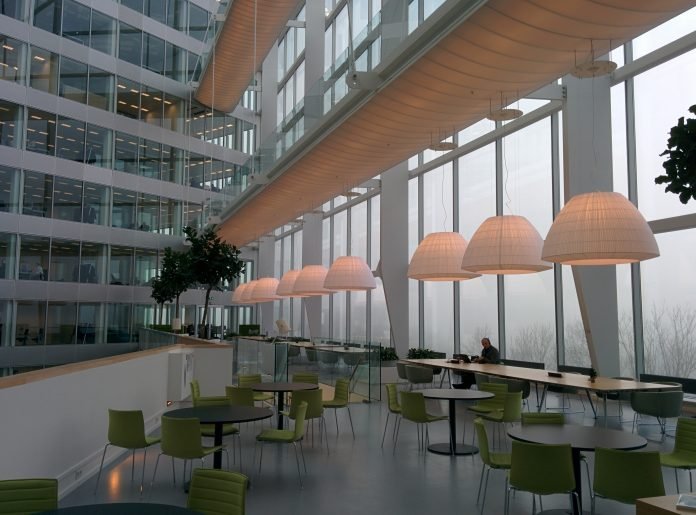Your workspace design is critical to your employee’s productivity, morale, and overall well-being. One of the essential components of this design is office furniture. Choosing the right office furniture, such as an office desk, affects your employee’s health and comfort and mental and emotional state. This article will discuss the role of office furniture in employee well-being and provide tips on designing a workspace conducive to a healthy and happy work environment.
Ergonomics and Comfort
Ergonomics refers to the study of how people interact with their physical environment, which also applies to office furniture. Ergonomic furniture is designed to support the body and improve posture, which reduces the risk of work-related injuries such as musculoskeletal disorders. Comfortable furniture also helps to reduce stress levels and increase job satisfaction, as employees can focus on their work without discomfort or distraction.
Improved Productivity
Comfortable and ergonomically designed furniture can significantly improve employee productivity when satisfied, employees are less likely to experience fatigue or discomfort, which can lead to distractions and decreased productivity. With ergonomic furniture, employees can focus more on tasks, increasing productivity and efficiency.
Boosting Employee Morale
Office furniture can also play a vital role in boosting employee morale. When employees feel comfortable and well-supported, they are more likely to have a positive outlook on their work environment and job. This positivity can increase engagement, motivation, and job satisfaction, translating into better performance and a higher retention rate.
Versatility and Flexibility
Versatile and flexible furniture can also contribute to employee well-being. Furniture that can be adjusted to suit different work styles and preferences can help employees find the ideal position and improve their comfort level. For instance, adjustable-height desks and chairs allow employees to sit or stand while working, reducing the risk of back pain and other health issues associated with prolonged sitting.
Aesthetic Appeal
Office furniture is not just about function but also about aesthetics. A workspace that looks appealing can enhance employee well-being and mood. The right furniture can create a more welcoming and pleasant atmosphere, boosting creativity and productivity. Aesthetic appeal can also foster a sense of pride in the workspace, leading to increased job satisfaction and loyalty.
Collaborative Spaces
Collaborative spaces are an essential aspect of modern workplaces. Office furniture facilitates collaboration by providing spaces conducive to teamwork and interaction. Collaborative spaces can include open seating arrangements, lounge areas, and conference rooms, all requiring different types of furniture to create an environment that encourages collaboration.
Wellness and Health
Office furniture can also play a role in promoting employee wellness and health. For example, furniture with built-in features like air purification or lighting that simulate natural sunlight can create a healthier work environment. Standing desks or ergonomic chairs can help prevent back pain, while comfortable seating can reduce the risk of eye strain, headaches, and other work-related health issues.
Sustainability
Finally, sustainability is an increasingly important consideration in office furniture design. Sustainable furniture is not only environmentally friendly, but it can also positively impact employee well-being. Furniture made from sustainable materials can be free from harmful chemicals, reducing the risk of allergic reactions and other health issues. In addition, sustainable furniture often lasts longer, reducing the need for frequent replacements and reducing waste.
In conclusion, office furniture such as an office desk is vital in promoting employee well-being. Ergonomic and comfortable furniture can improve productivity, boost morale, and reduce the risk of work-related injuries. Versatile and flexible furniture can adapt to different work styles and preferences, while aesthetic appeal can be more welcoming.








